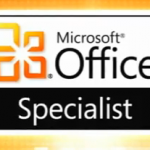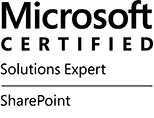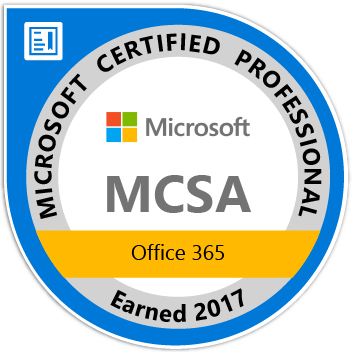Someone said to me today ‘Hey – our Sharepoint Search system Sucks – I reckon Google Search is better, lets put that in now!’ – here’s my reply sorry if it turns into a rant hehe.
Implementing google search over sharepoint enterprise federated search just because it happens to be google is not complete justification and requires careful implementation. I for one cannot agree that an external search system be implemented just because people think the internal sharepoint search is might be not ‘working’ or is ‘crap’.
Its those people who are underestimating sharepoint and probably do not understand or wish to improve the current search system. The analogy is like putting a fiat car engine into a formula one car just because it might look neater; or using a hammer to cut fish.
The key thing to remember is that the search system in sharepoint is fundamental to its working – it can be manipulated, configured – google search cannot!
Sharepoint Search belongs to sharepoint – its core to everything – so in terms of manipulation and configuration to the enterprise it is straightforward. Microsoft lets you mess with all the levers and knobs in the underlying algorithm; Google gives you zero access. Nada! Google Search is usually a poor mans fix to the search tools that come with WSS (which is the FREE part of sharepoint).
Enterprise Federated Search gives us huge number of features mostly untapped to a company who has implemented sharepoint without defining taxonomy.
You’re always most certainly far better off tuning the deployment using the tools Microsoft provides rather than messing with the underlying algorithm and putting in something else. If you do change the algorithm, you need to be absolutely obsessive about measuring the overall improvements.
So, primary reasons why you should not implement external products (especially a different search engine!) on an internal system is simply because it requires resources technical and human to support; the information architecture must be complete; there could be increased risk of modification which increases the risk of breaking Sharepoint when say upgrading to another service release; it increases confusion since even say you was to to implement it on one farm and not others in the same organisation; it increases a training requirement.
Time to evangelise!SharePoint search includes High End Search (FAST): http://sharepoint.microsoft.com/en-us/product/capabilities/search/Pages/Fast-Search.aspx
SharePoint FAST Search includes out of the box
- Deep Refinement
- Thumbnails
- Similar Results
- Previews
- Sorting
- People Search
- Federation
Combine this with people and expertise gives you:
- Filter by title expertise and other attributes
- Phonetic name lookup
- Expertise Matching
- Real Time presence
- Find Recent Content
- Organisation Browsing
So you can:
1: Find People with address book search
2: Discover expertise – based on terms matched from mined outlook inbox data and sharepoint mysite profiles
3: Use MySite profile pages – recognise and track colleagues and make it easier to share content
Other points:
Fast is under our control
1: Breaks down content to smallest addressable chunks to build meaning
2: Understands file encoding, data formats and written languages
3: Supports at least 400 file formats and 80 languages
4: Normalises the content defined by a model we prescribe
5: Identifies structed and unstructed metadata in content
6: Maps document metadata to crawled properties
So, whilst people may not be happy with their search engine, other search hosted services are no closer to solving this problem than the on-premise search tools of its competitors. There is no concrete evidence that simply swopping search engines brings utopia to internal search. The key to fixing an internal search system is to structure and control its content expose that to a FAST which has the ability to create an index, which is fully supported – not to simply drop in an external hosted solution and hope with fingers crossed that a magic wand will sort things out.
Therefore:
1: Fix the content (taxonmony, information architecture, SEO) – make sure you have the right resources at hand – you may need an information architect to help!
2: Apply FAST search server to the SharePoint platform
3: Fix user adoption
4: Control the solution

















